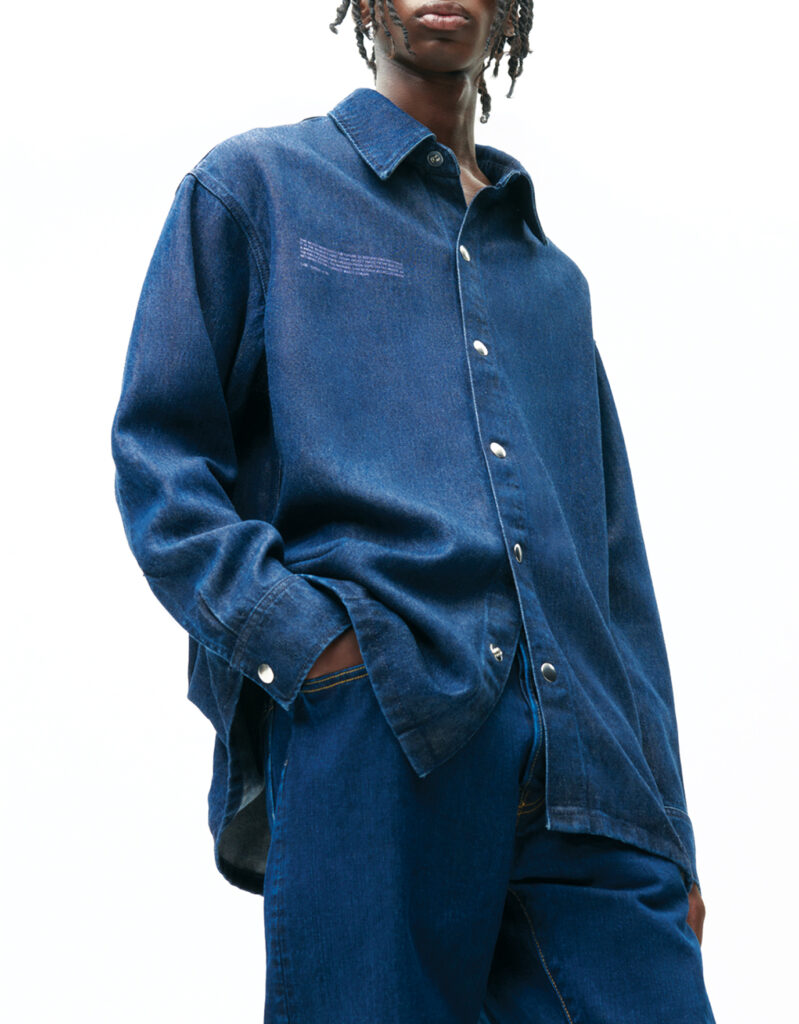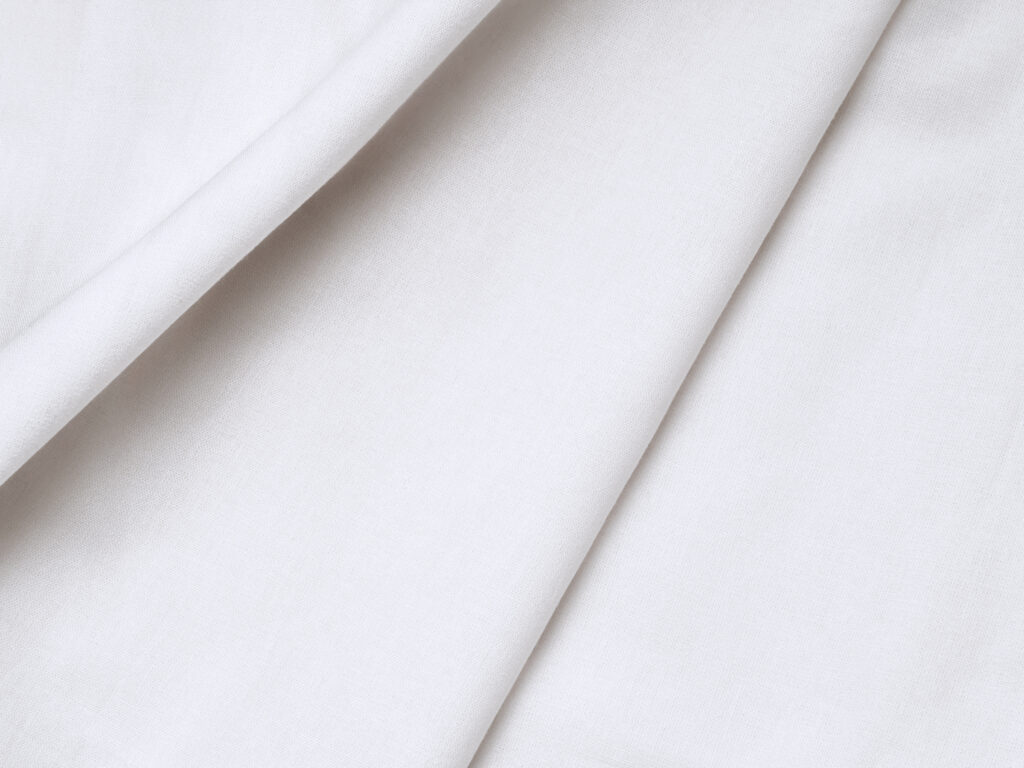
Organizations working in cellulose-based textiles have sustainability in their sights, and several are up for the Cellulose Fibre Innovation of the Year 2024 award, scheduled to be voted on and announced at the Cellulose Fibres Conference in Cologne, Germany, in mid-March, after this issue goes to press. The textile-related nominees (five out of the six) include products such as recyclable clothing, recycling processes and groundcovers.

- LENZING™ conducted field trials in Austria of its geotextiles to slow glacier melting; using a groundcover made of cellulose means it won’t release microplastics into the environment and contaminate what it’s trying to protect.
- In 2023, PANGAIA LAB launched the RENU Jacket through collaboration with Evernu. The limited-edition product was made with Nucycl®-recycled fibers from textile waste and dyed with natural indigo. The circular recycling process, which is the award nominee, maintains the strength of the fiber so it doesn’t need to be blended with virgin material.
- Dyeing fabric produces a lot of wastewater, but a modified fabric of BioCelSol and viscose starts out darker and thus needs less dye and no salt in the dyeing process, making it more environmentally friendly than conventional methods. Easy-to-dye BioCelSol comes out of the VTT Technical Research Centre of Finland.
- The German Institutes of Textile and Fiber Research Denkendorf and Vretena® collaborated to create the Flexi-Dress from unbleached straw pulp using the HighPerCell® spinning process. The silky dress can be worn combined or separated into a top and skirt, and the top can be worn with the V-neck in front or in back.
- TreeToTextile’s low-carbon-footprint biodegradable fiber could complement or replace cotton, viscose or polyester, depending on the application. It has a natural dry feel, a semi-dull sheen and a high drape.

The nova-Institut, the organizer and host of the cellulose conference, is a private and independent research institute focusing on the transition of the chemical and material industry to renewables. It also hosts a Renewables Materials Conference June 11–13
in Siegburg, Germany.
 TEXTILES.ORG
TEXTILES.ORG


